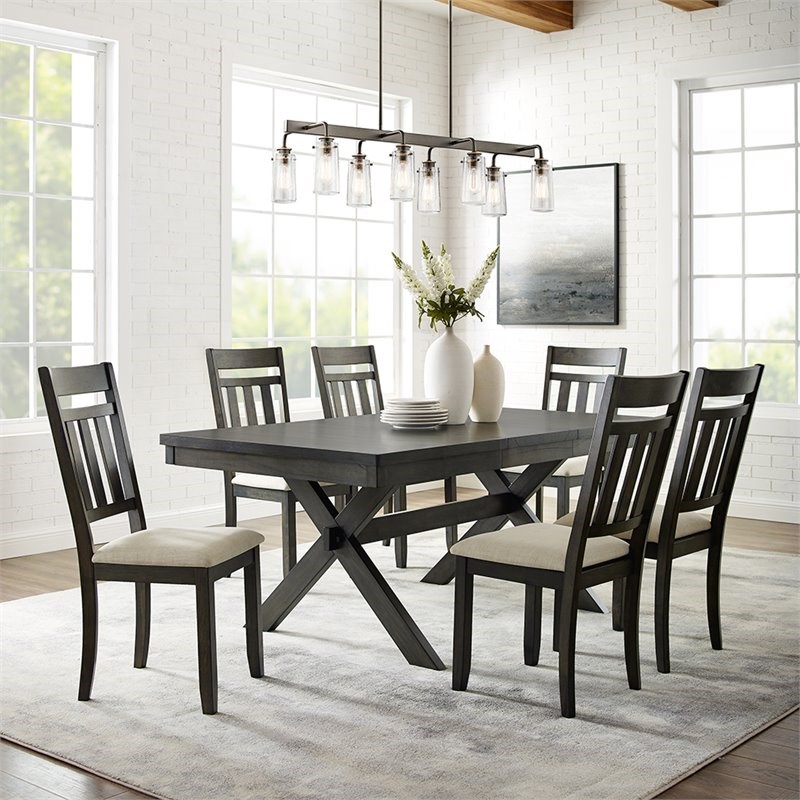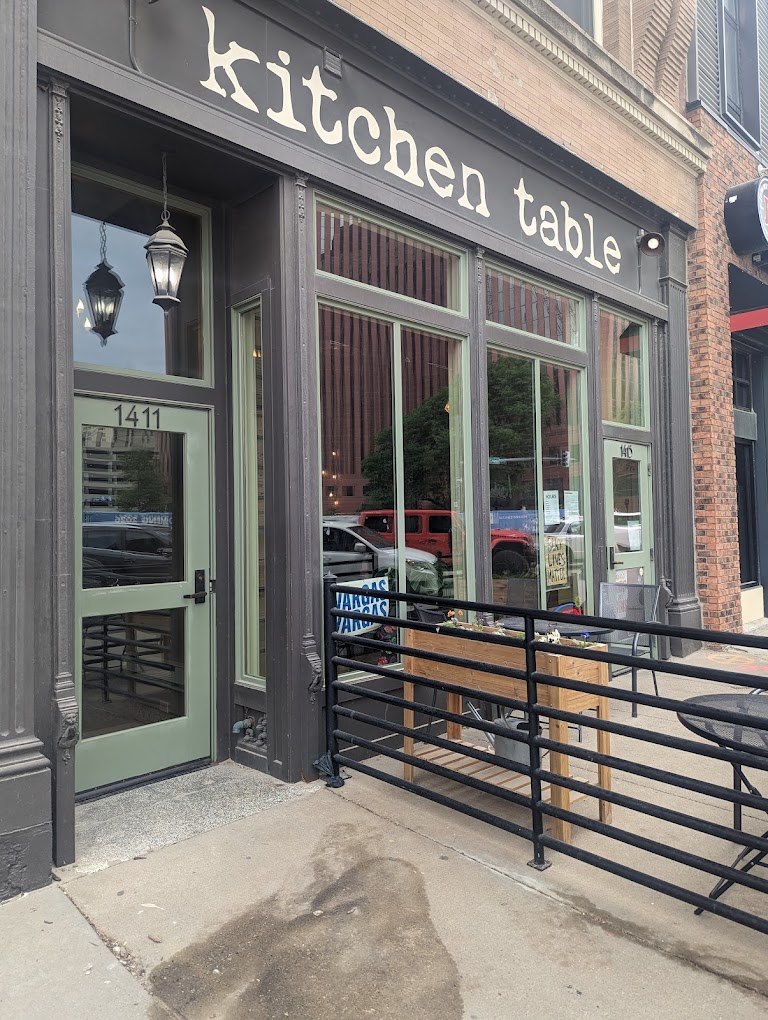Moving a dining table, whether across town or just across the room, requires caution and proper technique to prevent damaging the furniture, your home’s walls and flooring, and most importantly – your body. Even small tables become extremely unwieldy. Without the right preparations and handling, attempting to move a dining table risks strains, falls, smashed walls, and destruction of your prized table. Follow these tips to move your dining table smoothly and safely.

Clear a Wide Open Pathway Before Moving Day
Well in advance of moving, measure all doorways, hallways, staircases, and turns the table must pass through. Make sure you have at least 2-3 inches of wiggle room all around for maneuvering. Clear the planned route completely by rolling up rugs, relocating small tables and floor lamps temporarily, and removing artwork or anything fragile and breakable so movers have a wide open, unobstructed pathway.
Recruit Adequate Help To depend on Table Size and Weight
Get a team of at least two sturdy people for standard 6-8 foot tables, ideally with one lifter on each end. Larger or heavier tables may require 2-3 extra sets of hands to adequately and safely distribute the weight. Clearly assign lifting roles ahead of time – who will take which end positions, who will open doors and guide movements around corners.
Disassemble Any Detachable Table Leaves, Extensions, or Hinged Components
Removing table leaves, fold-down elements, extensions, or hinged components before moving drastically reduces the table’s weight and bulk for transport. Be sure to label any corresponding hardware like bolts and washers by table section and pack neatly in bags or boxes so everything can be properly reassembled later.
Pad and Wrap the Table Thoroughly
Use quilted moving pads, blankets, foam, or even large pieces of cardboard secured with tape to cushion the table on all sides and prevent nicks, dings, and scratches during transit. Avoid using loose plastic sheeting which can cause slippage when lifting or maneuvering corners. Wrap padded table like a package.
Wear Sturdy Gloves for Proper Gripping Power
Wear thick work gloves with traction grips on the palms and fingertips to help securely grip sharp table edges and avoid cuts from metal joinery hardware underneath. Thin cheap cotton gloves lack sufficient padding and grip.
Always Lift from the Knees with Legs, Not Your Back
Any heavy furniture lifting should be done by squatting down with bent knees, keeping your back straight and torso upright. Then engage your powerful leg muscles to stand, letting your legs do the work. Twisting at the waist or lifting with curved back risks serious muscle strains and spinal disc injuries.

Tilt Table Vertically to Fit Through Narrow Spaces
When carrying a table through narrow openings like doorways sideways, you’ll need to carefully tilt the table onto its side so the narrow edge enters the space first. Avoid tilting more than 45 degrees to maintain control. Wait for rest breaks to rotate grip.
Make Small Pivots Rather Than Twisting when Changing Direction
Navigating tight corners requires making incremental direction changes using small foot pivots, NOT sudden torso twisting. Keep facing the direction of movement, even if sideways, and push off with your feet to pivot corners gradually. Twisting under heavy loads can tear abdominal muscles.
Take 30-60 Second Standing Rest Breaks if Transporting Any Distance
If you must carry the table long distances, map out spots ahead of time where you can safely and securely set it down such as wide doorways or large landings. Take 30-60 second standing rest breaks as needed by rotating lifters if one person fatigues faster.
Set Table Down Slowly and Gently with All Lifters Coordinated
Finally, lowering the table into place takes just as much coordinated teamwork as lifting. All movers must make slow, incremental movements together to gently set the table legs down, avoiding any sudden uneven drops which could lead to collapsed legs or frame damage.
While challenging, moving a dining table can be executed safely when you minimize weight, handle with care, lift smart, and plan ahead. With some strategic preparation and teamwork, you can transport treasured dining furniture from place to place damage-free.










